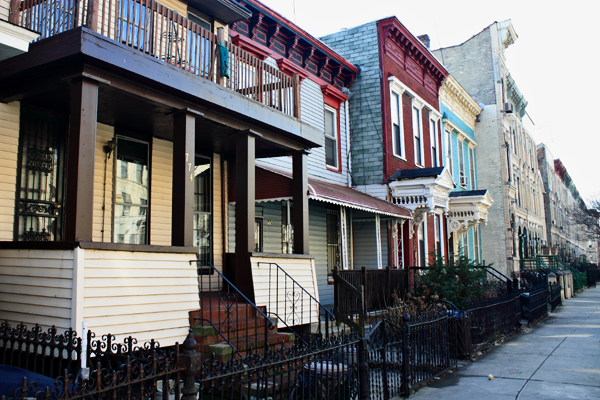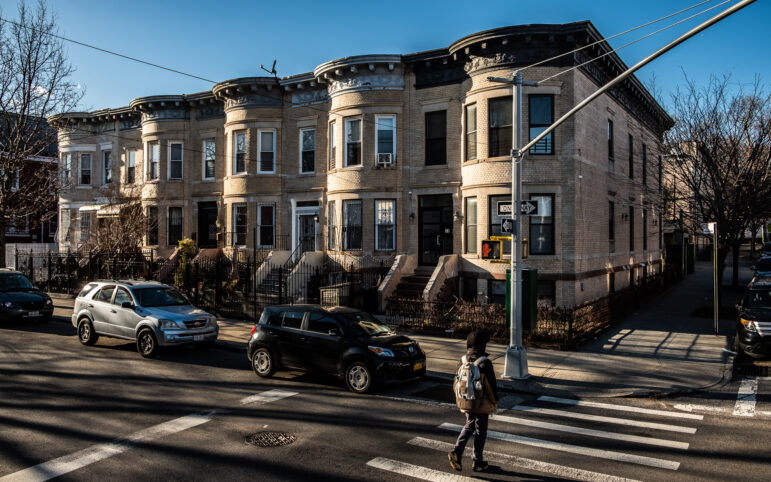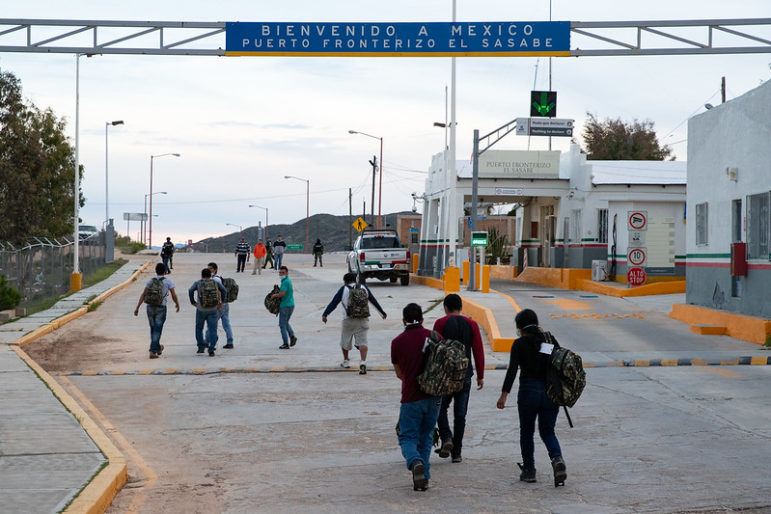
Photo by: Adi Talwar
Several three-quarter houses occupied a single block of MacDonough Street in Bedford-Stuyvesant in 2012. (Some buildings pictured were not three-quarters houses.) The owner of one four-story house had been fined multiple times for building violations.
So-called three quarter houses—informal boarding houses for the formerly homeless, people returning from prison, those dealing with substance abuse and others—are a deeply troubled yet critical resource for New Yorkers facing major life transitions, a new report finds.
The homes frequently violate certificates of occupancy, often have defective gas or electric systems and sometimes feature blocked exits. Their tenants report problems ranging from illegal evictions to open drug use. But those same tenants say they prefer three-quarter houses to other options.
While there’s no firm data on the number of such houses, the report for John Jay College of Criminal Justice prepared by the Prisoner Reentry Institute found addresses for 317 around the city, mainly in New York’s poorest communities: central Brooklyn, southeastern Queens and the South Bronx. Four out of five were in two- or three-family homes.
Among the findings:
However, the report found that, “Despite the serious issues, tenants almost unanimously express their preference to live in a Three-Quarter House, rather than in a shelter or on the street. Some tenants appreciated the social support they received in their houses from housemates with similar backgrounds or life experiences.”
The report’s findings echo what City Limits reported in a 2012 investigation.








